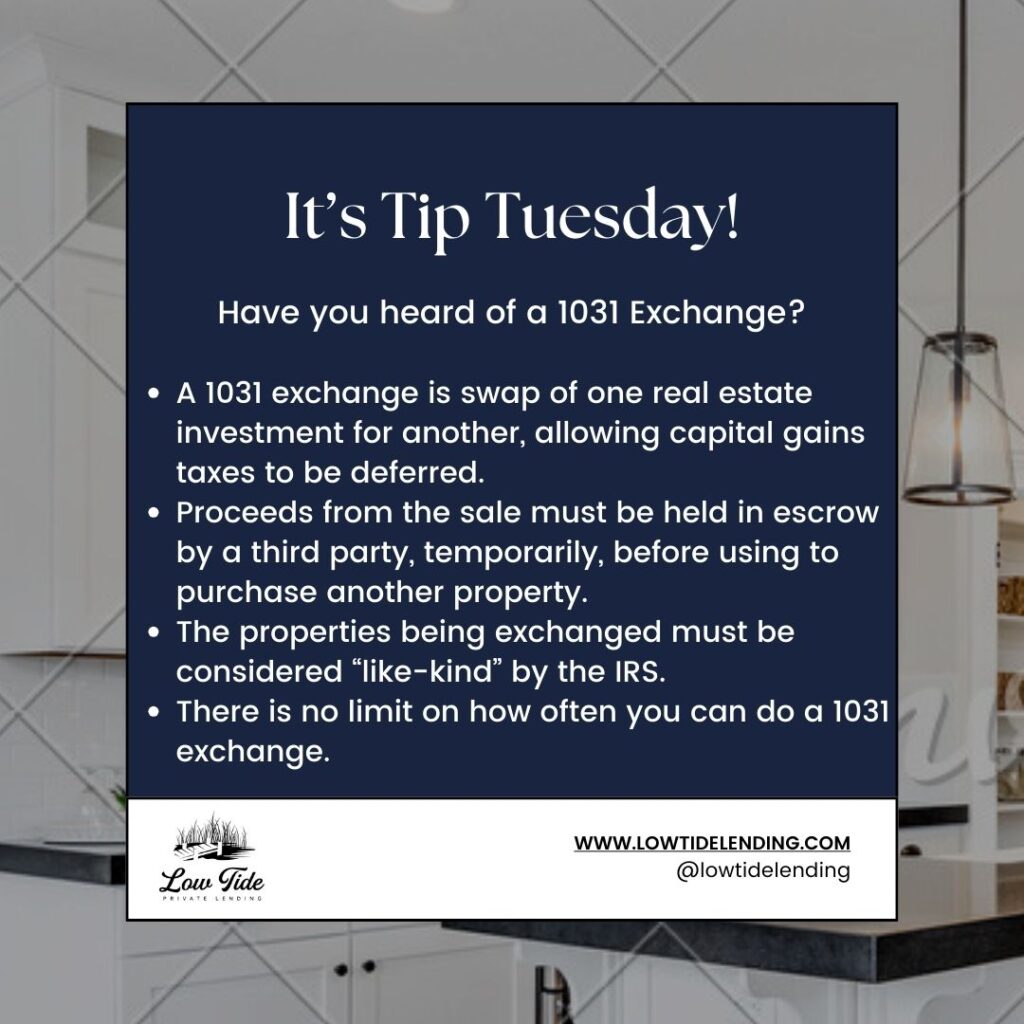
In the intricate realm of real estate investment, one strategy that continues to captivate savvy investors is the 1031 Exchange. This powerful tool allows individuals to navigate the complex landscape of capital gains taxes while simultaneously optimizing their property portfolios. Join us as we embark on a journey into the world of 1031 Exchanges and discover how this strategy can be a game-changer for seasoned and aspiring real estate enthusiasts alike.
Understanding the Basics:
At its core, a 1031 Exchange is a swap of one real estate investment for another, offering a unique opportunity to defer capital gains taxes. This exchange allows investors to leverage the proceeds from a property sale by holding them in escrow through a third party temporarily. This creates a seamless transition, providing ample time to identify and acquire a new property without the burden of immediate tax liabilities.
The “Like-Kind” Requirement:
To qualify for a 1031 Exchange, the properties involved must meet the “like-kind” criteria outlined by the IRS. While this term might sound restrictive, it’s essential to note that “like-kind” doesn’t refer to the physical characteristics of the properties but rather their nature or character. This broad definition opens up possibilities, allowing for exchanges between various types of real estate, from residential to commercial properties.
Benefits Beyond Tax Deferral:
While the primary allure of a 1031 Exchange lies in the deferral of capital gains taxes, its advantages extend beyond mere financial considerations. Investors can leverage this strategy to upgrade their properties, diversify their portfolios, or consolidate holdings for increased efficiency. The flexibility afforded by 1031 Exchanges empowers individuals to make strategic decisions that align with their long-term investment goals.
No Limitations on Frequency:
One noteworthy aspect of the 1031 Exchange is the absence of limitations on how often it can be utilized. Unlike some investment strategies, which impose restrictions on the frequency of transactions, the 1031 Exchange provides investors with the freedom to continuously optimize their portfolios. This flexibility is particularly valuable in dynamic real estate markets where opportunities may arise unexpectedly.
As the real estate landscape evolves, investors are increasingly turning to innovative strategies to maximize their returns and minimize tax burdens. The 1031 Exchange stands out as a potent tool in this arsenal, offering a structured approach to defer capital gains taxes while providing the freedom to adapt and grow a real estate portfolio. Whether you’re a seasoned investor or just starting on your real estate journey, exploring the intricacies of the 1031 Exchange could be the key to unlocking new dimensions of financial success in the ever-evolving world of real estate.
